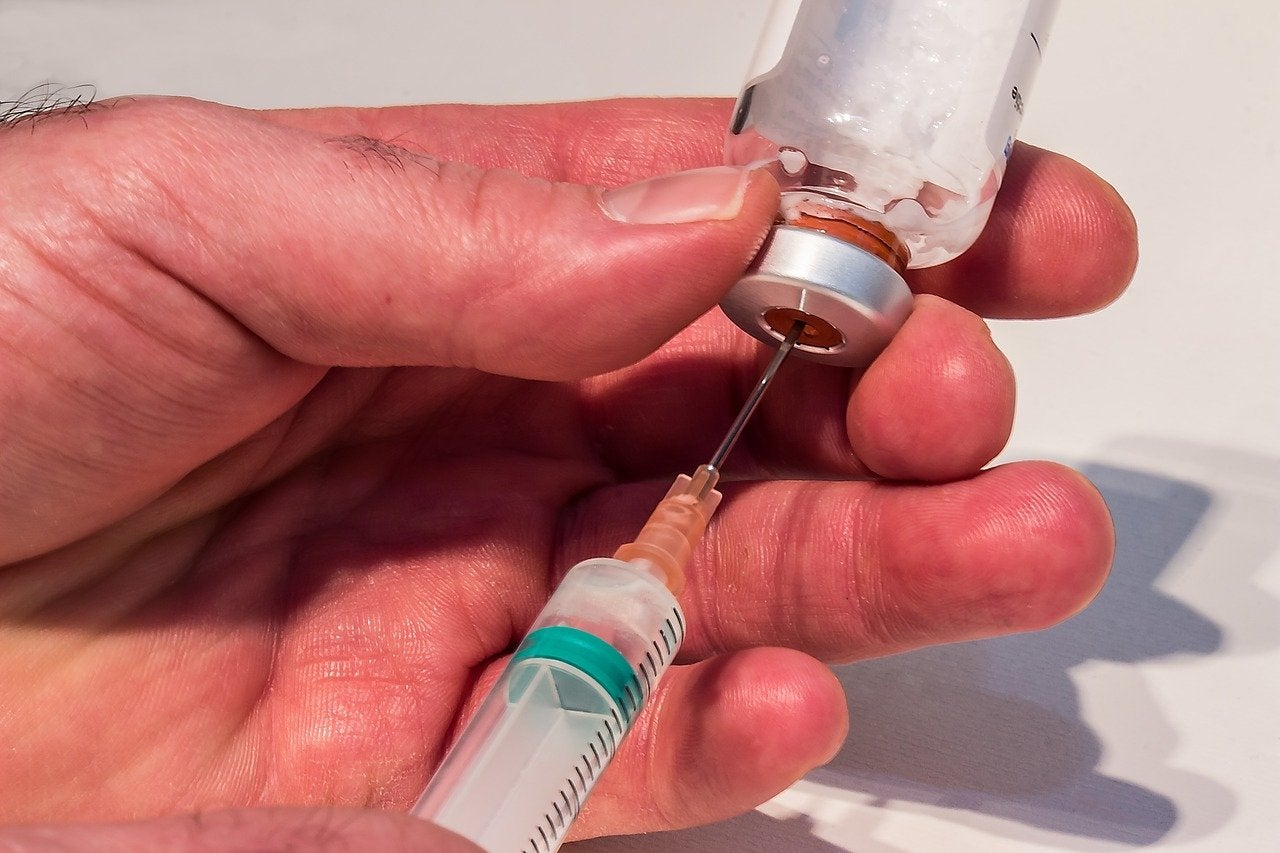
Biogen has announced positive data from the 24-week systemic lupus erythematosus (SLE) portion of the Phase II LILAC study (part A) of BIIB059 (anti-BDCA2).
The study showed that BIIB059, a humanised IgG1 monoclonal antibody (mAb), was associated with a statistically significant reduction in the total active joint count.
Discovered and developed by Biogen, BIIB059 targets blood dendritic cell antigen 2 (BDCA2). It is expressed exclusively on plasmacytoid dendritic cells.
SLE and cutaneous lupus erythematosus (CLE) are chronic autoimmune diseases. SLE affects multiple organ systems, with periods of illness or flares alternating with periods of remission.
CLE is a condition where the body’s immune system attacks healthy skin, often causing painful or itchy rashes and skin lesions.
The Phase II LILAC two-part, randomised, double-blind, placebo-controlled study analysed the safety and efficacy of BIIB059 versus placebo in 264 patients.
How well do you really know your competitors?
Access the most comprehensive Company Profiles on the market, powered by GlobalData. Save hours of research. Gain competitive edge.

Thank you!
Your download email will arrive shortly
Not ready to buy yet? Download a free sample
We are confident about the unique quality of our Company Profiles. However, we want you to make the most beneficial decision for your business, so we offer a free sample that you can download by submitting the below form
By GlobalDataIt enrolled individuals with active CLE, including chronic and subacute subtypes, with or without systemic manifestations (part B) and those with SLE with active joint and skin manifestations (part A).
The SLE part enrolled 132 patients and evaluated a 450mg dose of a BIIB059 injected subcutaneously once every four weeks versus placebo.
An additional dose at week two was given to individuals with active SLE.
The Phase II LILAC study (part A) met its primary endpoint of reducing joint disease activity in individuals with SLE.
Subjects who received BIIB059 450mg showed a statistically significant difference in change from baseline of 3.4 in total active joint count at week 24 versus placebo.
The secondary endpoint of SLE Responder Index-4 (SRI-4) was met, resulting in an overall reduction in disease activity in participants who received BIIB059.
The efficacy, safety and tolerability profiles of the drug support the continued clinical development of BIIB059 in SLE.







